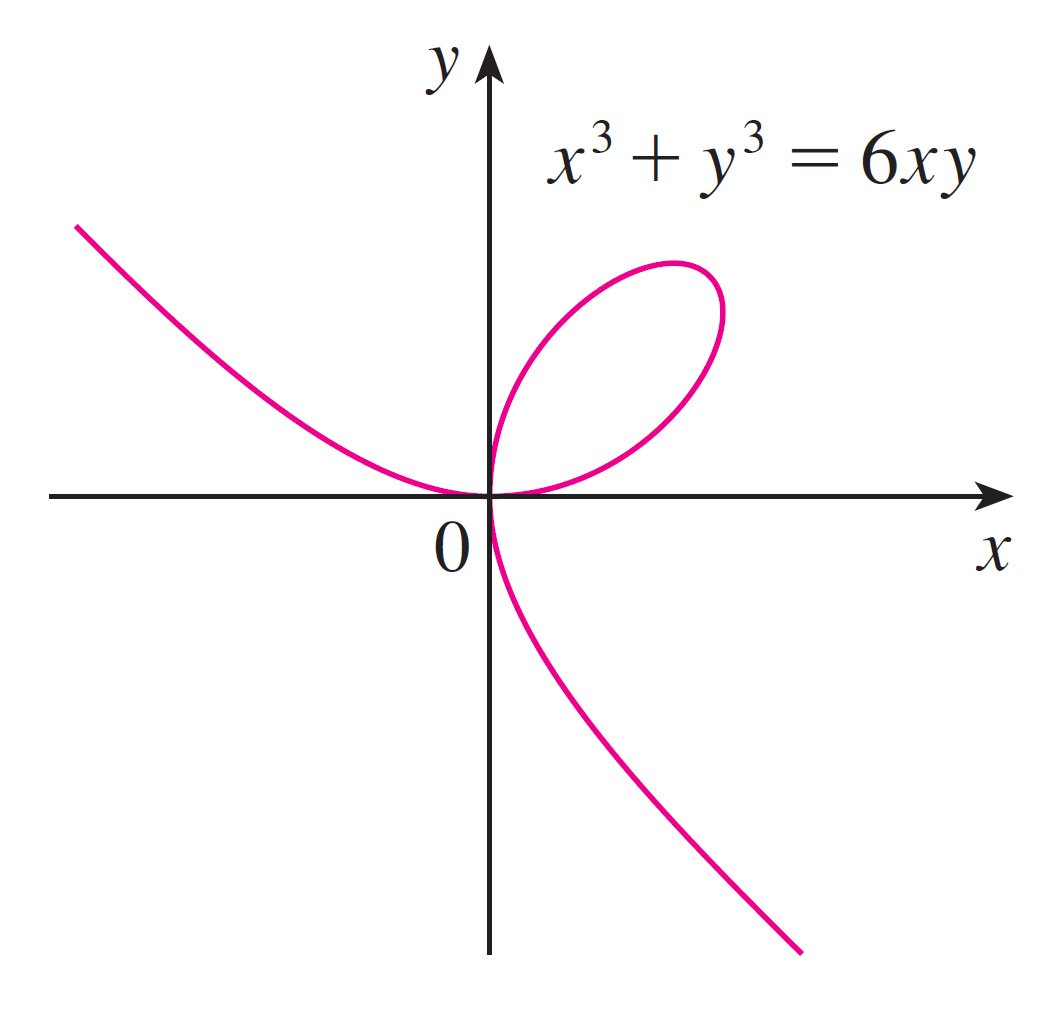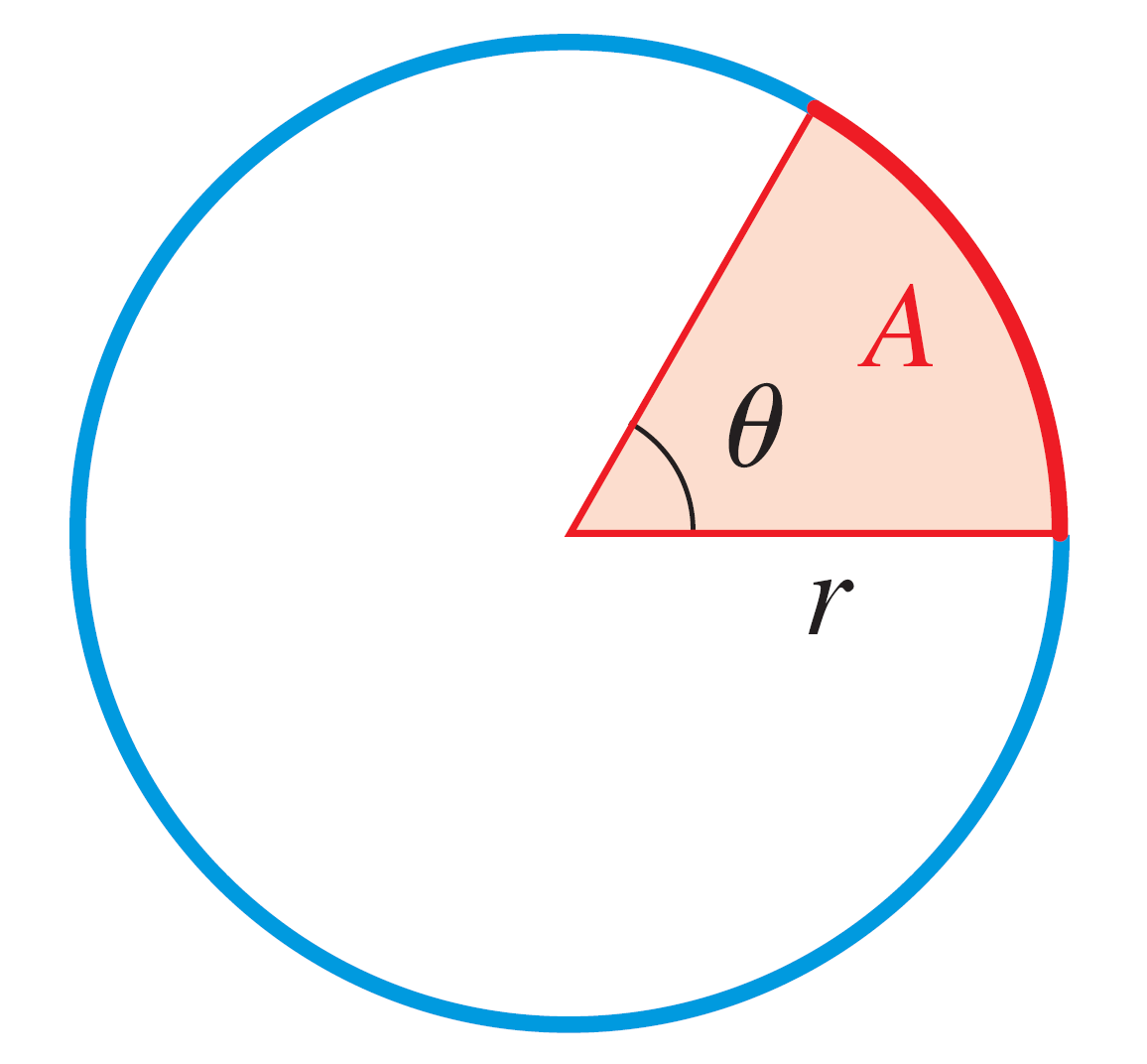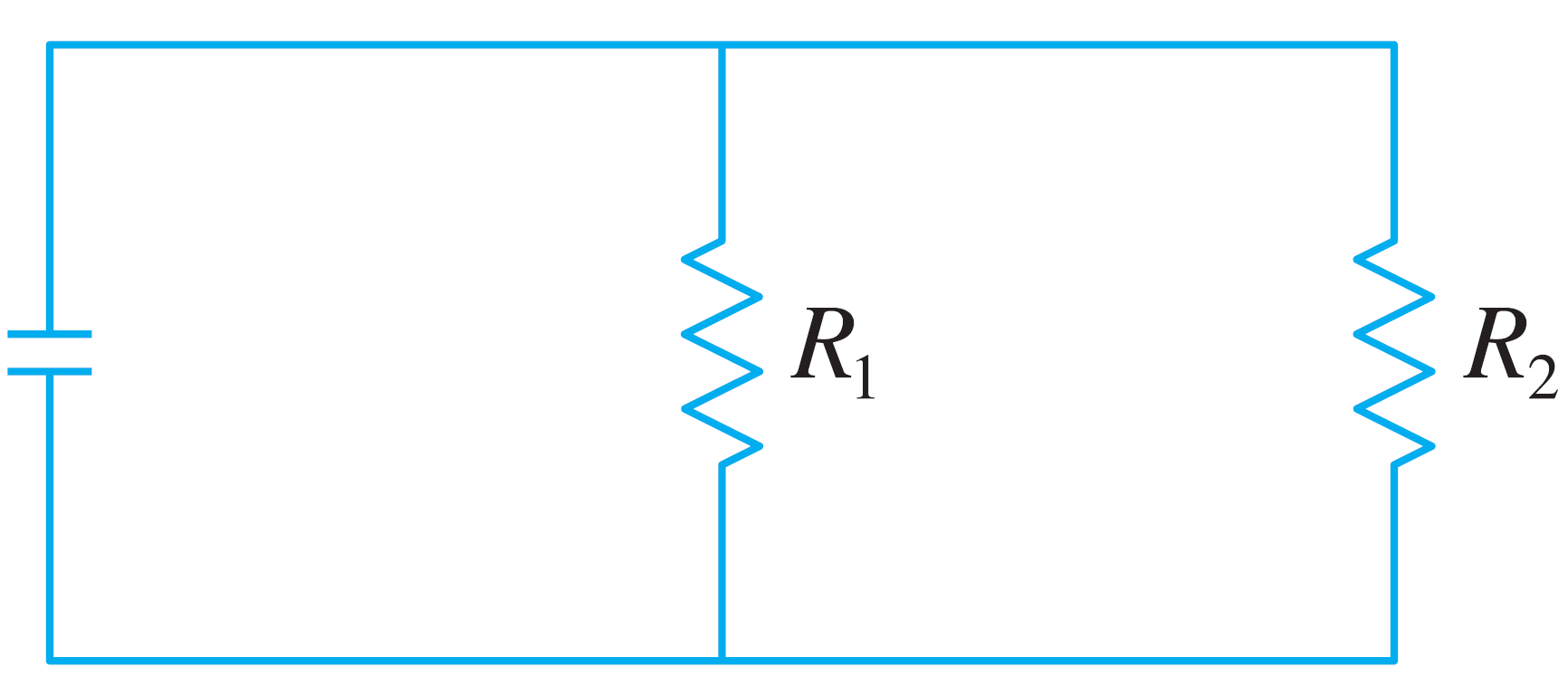Homework 5
Directions:
- Show each step of your work and fully simplify each expression.
- Turn in your answers in class on a physical piece of paper.
- Staple multiple sheets together.
- Feel free to use Desmos for graphing.
Answer the following:
- What is the main intuition behind implicit differentiation?
- Isolate $z$ in the equation \[-\sin(xy)(x + xz) = 1 + \cos(y)z\]
- Find $dy/dx$ with implicit differentiation for the equation \[x^3 + y^3 + x^2 + y = 1\]
- Consider the equation $x^{2/3} + y^{2/3} = 4$. Find the equation of the tangent line at the point $(-3\sqrt{3}, 1)$.
- Given an equation in implicit form, should you manipulate the equation before applying the derivative to both sides?
- Here is the curve of $x^3 + y^3 = 6xy$ (called the Folium of Descartes):
 In implicit differentiation, we assume $y = f(x)$ under suitable conditions. Draw multiple graphs which represent these "suitable conditions."
Hint: Chop up the curve so each part passes the vertical line test.
In implicit differentiation, we assume $y = f(x)$ under suitable conditions. Draw multiple graphs which represent these "suitable conditions."
Hint: Chop up the curve so each part passes the vertical line test.
- Find $dy/dx$ with implicit differentiation:
- $x^3 + x^2 + y^3 + y^2 = 1$
- $x^2 - xy - y^2 = 4$
- $1 + x = \sin(xy)$
- $x^4y^3 + x^2y^4 = 2$
- $2\sqrt{x} + \sqrt{y} = 3$
- $(x + y)^3 + x^3 + y^3 = 0$
- $\dfrac{x}{y^3 - y} = 1$
- $\sin(x + y) = y^2 \cos x$
- Find the equation of the tangent line at $(1,2)$ for the equation \[x^2 + 2xy - y^2 + x = 2\]
- Find the equation of the tangent line at $(\pi, \pi)$ for the equation \[\sin(x + y) = 2x - 2y\]
- When solving related rates problems, which variables do you need to differentiate with respect to time?
- When solving related rates problems, what is the most common mistake people make?
- When solving related rates problems, what is the second most common mistake people make?
- The area of a triangle with lengths $a$ and $b$ and included angle $\theta$ is \[A = \frac{1}{2}ab \sin \theta\] If $a = 2$ cm, $b = 3$ cm, and $\theta$ is increasing at a rate of $0.2$ rad/min, how fast is the area increasing when $\theta = \frac{\pi}{3}$?
- The formula for the volume $V$ of a cube with side length $s$ is $V = s^3$. The sides of the cube are 5 feet long and increasing at the rate of $0.2$ inches/second. How fast is the volume of the cube changing?
- The kinetic energy of an object is $K = \frac{1}{2}mv^2$. If the object is accelerating at a rate of $9.8 \ m/s^2$, and the mass is $30$ kilograms, how fast is the kinetic energy increasing when the speed is $30$ meters per second?
Hint: Kinetic energy is measured in units $\frac{kg \cdot m^2}{s^2}$, so the rate of change of kinetic energy must be in units $\dfrac{\frac{kg \cdot m^2}{s^2}}{s} = \frac{kg \cdot m^2}{s^3}$ - Suppose a drop of dye was dropped into a large bowl filled with water. If the dye spreads out in a circle and its radius is increasing at a rate of 2 cm/sec, determine how fast the area is increasing when the radius of the circle is 10 cm.
- A plane flying horizontally at an altitude of 1 mi and a speed of 500 mph passes directly over a radar station. Find the rate at which the distance from the plane to the station is increasing when it is 2 miles away from the station.
- If the minute hand of a clock has length r (in centimeters) find the rate at which it sweeps out area as a function of r.
Use the equation of a sector of a circle $A = \dfrac{1}{2}r^2 \theta$ (picture showing this below) and the fact that the rate at which the minute hand moves is $2\pi$ radians per hour.
- Suppose a meat distributor is willing to make $x$ pounds of beef available every week on the marketplace when the price is $\$p$ per pound. The relationship between quantity supplied $x$ and price $p$ is \[650p^2 - x^2 = 100\] If 30,000 pounds of beef are available on the marketplace this week and the price per pound is falling by 2 cents per week, at what rate is the supply falling?
- Two resistors are connected in parallel, shown as follows
 The total resistance $R$, measured in ohms $\left(\Omega\right)$ is calculated by \[\dfrac{1}{R} = \dfrac{1}{R_1} + \dfrac{1}{R_2}\] If $R_1$ is increasing $0.3\ \Omega$ per second and $R_2$ is increasing at $0.2\ \Omega$ per second, how fast is the total resistance $R$ changing when $R_1 = 80 \ \Omega$ and $R_2 = 100 \ \Omega$?
The total resistance $R$, measured in ohms $\left(\Omega\right)$ is calculated by \[\dfrac{1}{R} = \dfrac{1}{R_1} + \dfrac{1}{R_2}\] If $R_1$ is increasing $0.3\ \Omega$ per second and $R_2$ is increasing at $0.2\ \Omega$ per second, how fast is the total resistance $R$ changing when $R_1 = 80 \ \Omega$ and $R_2 = 100 \ \Omega$?
Hint: Do not make the most common mistake when solving RR problems. - A particle is moving along the curve of the equation $xy = 8$. As it reaches
the point (4, 2), the $y$-coordinate is decreasing at a rate of 2 centimeters per second. How fast is the $x$-coordinate of the point changing at that instant?
Hint: Do not make the most common mistake when solving RR problems. -
Find the linearization of the following functions at the $x$-coordinate $a$.
- $f(x) = \sin x, \qquad a = 0$
- $f(x) = \cos x, \qquad a = 0$
- $f(x) = \sqrt{x}, \qquad a = 4$
- $f(x) = 2x^2 - 1, \qquad a = 1$
- Now approximate $\sin(0.01)$ and $\cos(-0.01)$ without a calculator.
- Leibniz and prime notation for the derivative are equivalent: \[\dfrac{dy}{dx} = f'(x)\] Previously we said $\dfrac{dy}{dx}$ must be treated as one entity. In Section 2.9 what new interpretation of $dy$ and $dx$ do we have that allows us to treat $\dfrac{dy}{dx}$ like a fraction?
- The following functions are in explicit form. Find the differential of the dependent variable.
- $y = 2x^2 - 3$
- $u = \sqrt{1 - x}$
- $u = \sin\sqrt{t}$
- $u = \dfrac{1}{x}\sin x$
- $y = \tan (\pi x)$
- $u = x^3$
The rest of these problems will appear on next week's homework. Skip the rest of these for this homework.